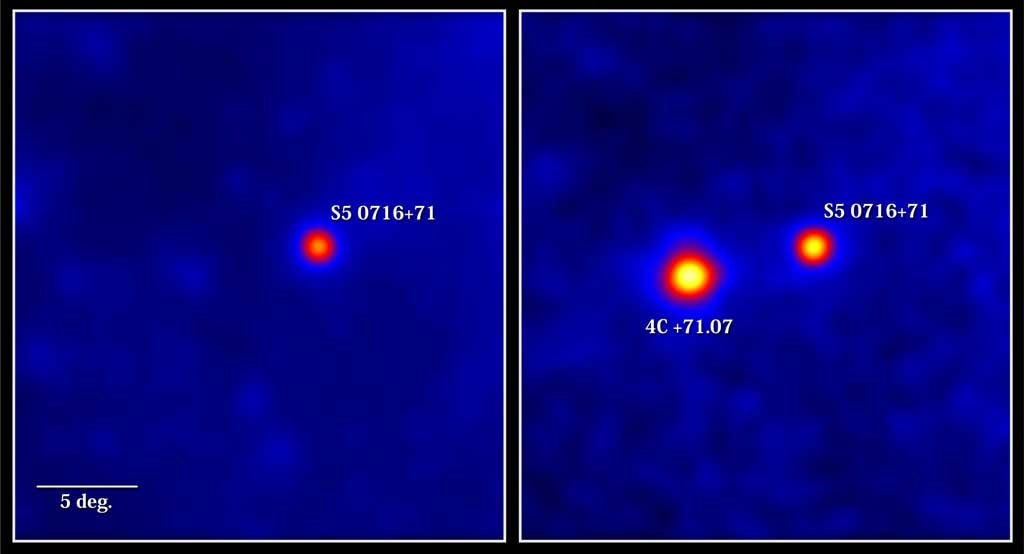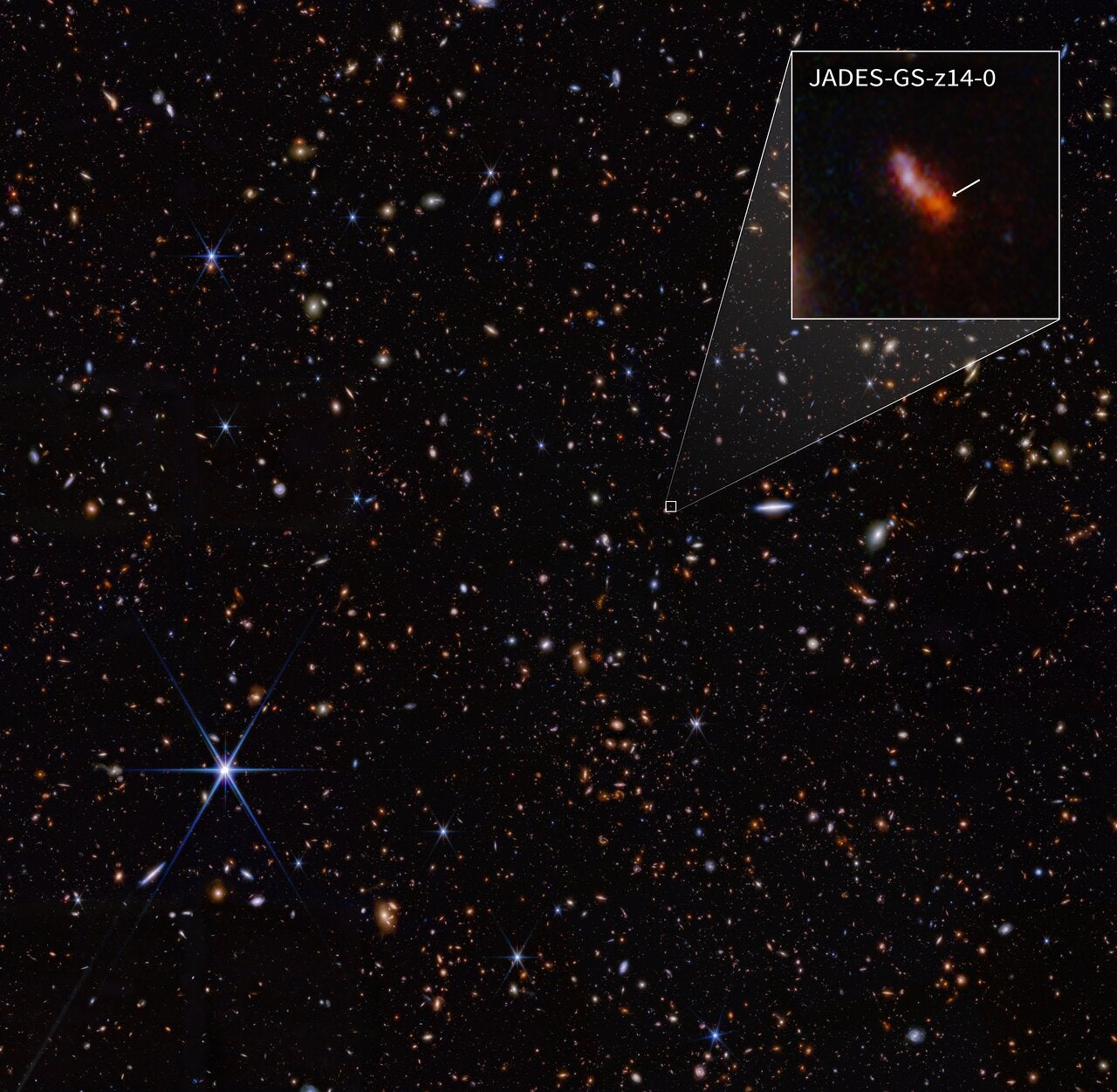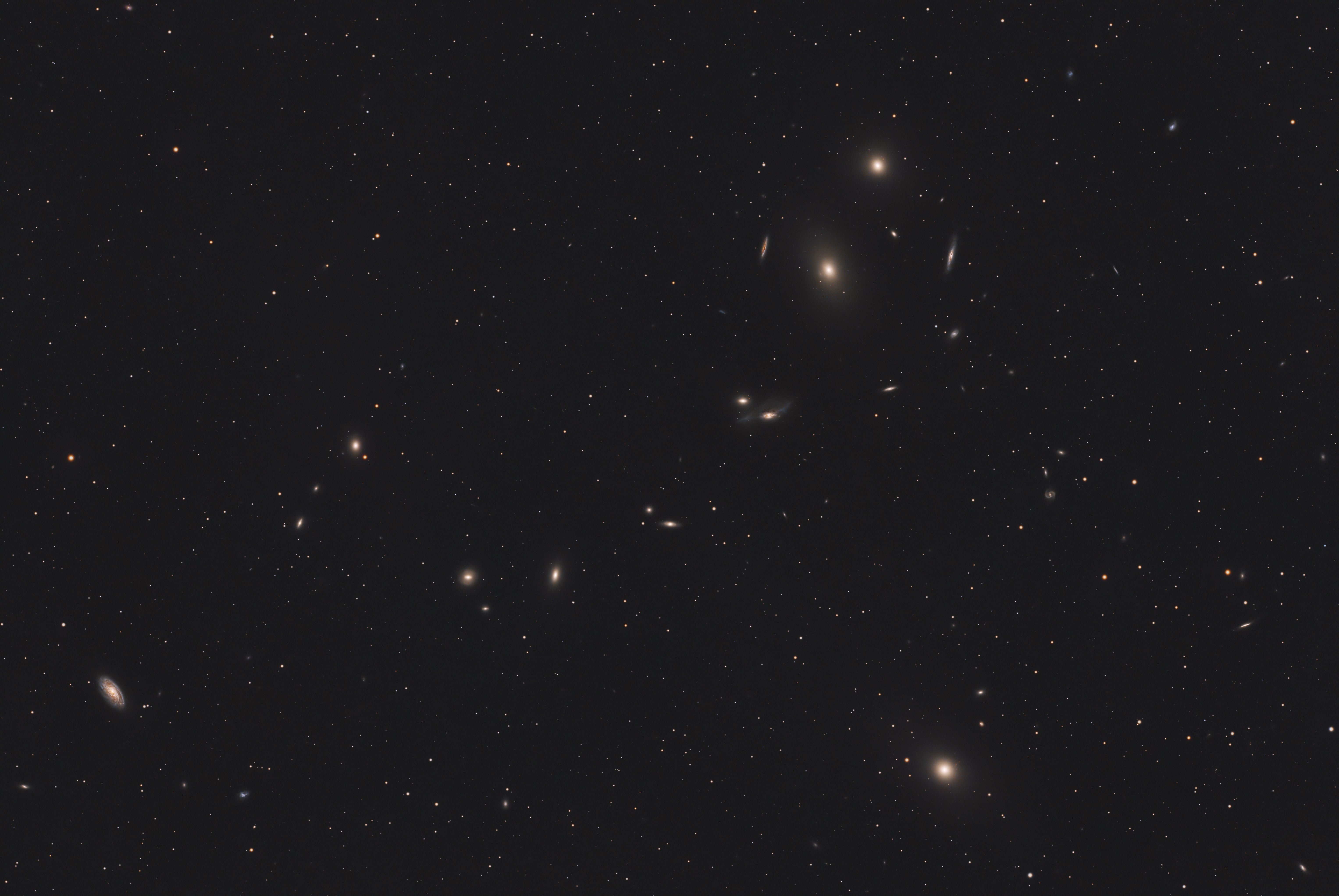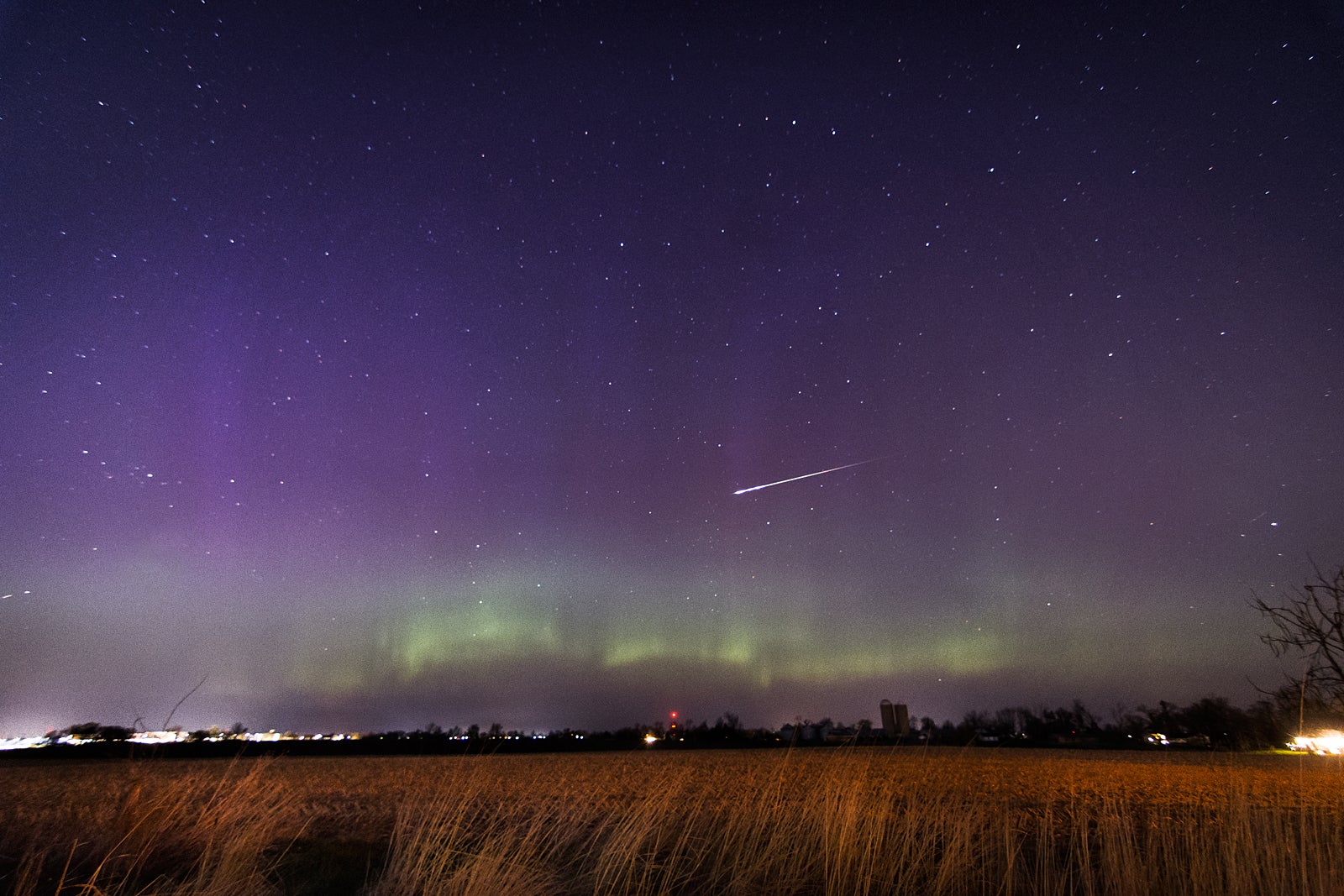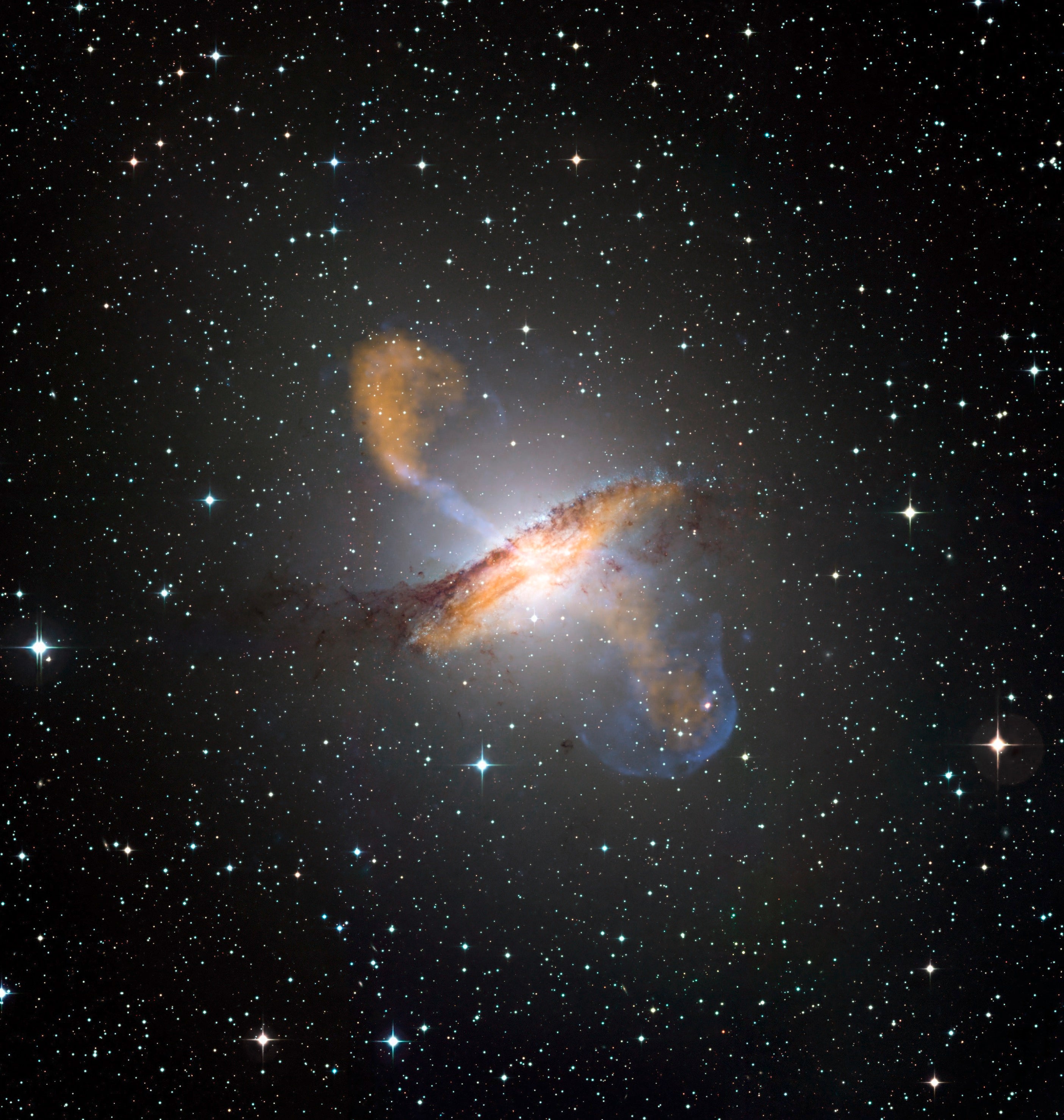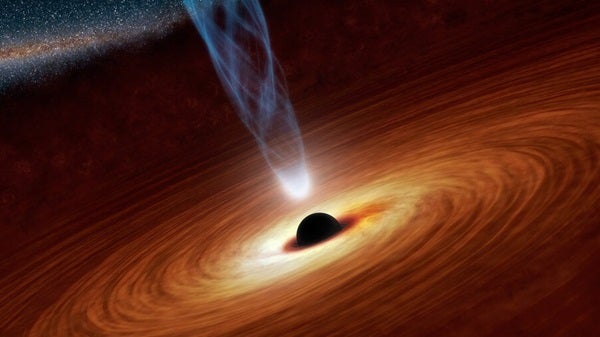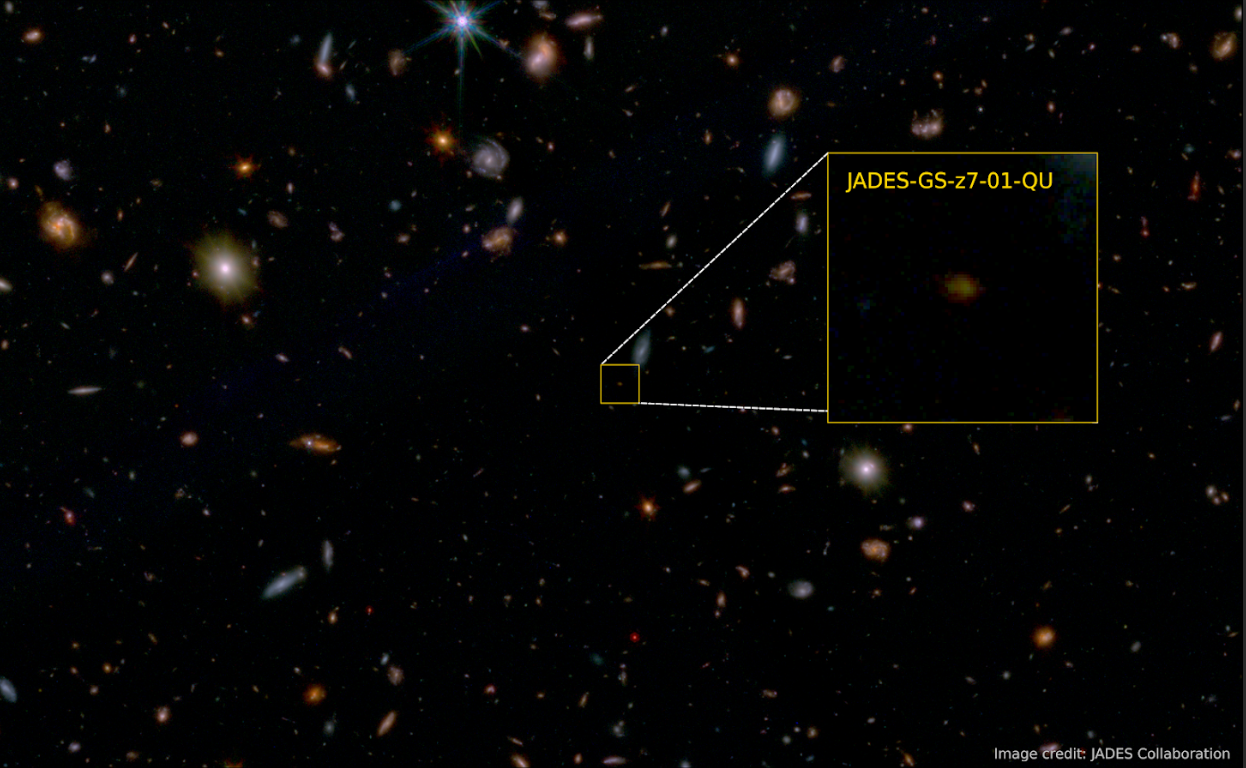Theorists expect gamma-ray outbursts to occur only in close proximity to a galaxy’s central black hole, the powerhouse ultimately responsible for the activity. A few rare observations suggested this is not the case.
The 2011 flares from a galaxy known as 4C +71.07 now give astronomers the clearest and most distant evidence that the theory still needs some work. The gamma-ray emission originated about 70 light-years away from the galaxy’s central black hole.
The 4C +71.07 galaxy was discovered as a source of strong radio emission in the 1960s. NASA’s Compton Gamma-Ray Observatory, which operated in the 1990s, detected high-energy flares, but the galaxy was quiet during Fermi’s first two and a half years in orbit.
In early November 2011, at the height of the outburst, the galaxy was more than 10,000 times brighter than the combined luminosity of all of the stars in the Milky Way Galaxy.
“This renewed activity came after a long slumber, and that’s important because it allows us to explicitly link the gamma-ray flares to the rising emission observed by radio telescopes,” said David Thompson from NASA’s Goddard Space Flight Center in Greenbelt, Maryland.
Located in the constellation Ursa Major, 4C +71.07 is so far away that its light takes 10.6 billion years to reach Earth. Astronomers are seeing this galaxy as it existed when the universe was less than one-fourth of its present age.
At the galaxy’s core lies a supersized black hole weighing 2.6 billion times the Sun’s mass. Some of the matter falling toward the black hole becomes accelerated outward at almost the speed of light, creating dual particle jets blasting in opposite directions. One jet happens to point almost directly toward Earth. This characteristic makes 4C +71.07 a blazar, a classification that includes some of the brightest gamma-ray sources in the sky.
Astronomers Alan Marscher and Svetlana Jorstad from Boston University routinely monitor 4C +71.07 along with dozens of other blazars using several facilities, including the VLBA.
The instrument’s 10 radio telescopes span North America, from Hawaii to St. Croix in the U.S. Virgin Islands, and possess the resolving power of a single radio dish more than 5,300 miles (8,500 kilometers) across when their signals are combined. As a result, the VLBA resolves detail about a million times smaller than Fermi’s Large Area Telescope (LAT) and 1,000 times smaller than NASA’s Hubble Space Telescope.
In autumn 2011, the VLBA images revealed a bright knot that appeared to move outward at a speed 20 times faster than light.
“Although this apparent speed was an illusion caused by actual motion almost directly toward us at 99.87 percent the speed of light, this knot was the key to determining the location where the gamma rays were produced in the black hole’s jet,” said Marscher.
The knot passed through a bright stationary feature of the jet, which the astronomers refer to as its radio “core,” on April 9, 2011. This occurred within days of Fermi’s detection of renewed gamma-ray flaring in the blazar. Marscher and Jorstad noted that the blazar brightened at visible wavelengths in step with the higher-energy emission.
During the most intense period of flaring, from October 2011 to January 2012, the scientists found that the polarization direction of the blazar’s visible light rotated in the same manner as radio emissions from the knot. They concluded the knot was responsible for the visible and the gamma-ray light, which varied in sync.
This association allowed the researchers to pinpoint the location of the gamma-ray outburst to about 70 light-years from the black hole.
The astronomers think that the gamma rays were produced when electrons moving near the speed of light within the jet collided with visible and infrared light originating outside the jet. Such a collision can kick the light up to much higher energies, a process known as inverse-Compton scattering.
The source of the lower-energy light is unclear at the moment. The researchers speculate the source may be a slow-moving outer sheath that surrounds the jet. Nicholas MacDonald from Boston University is investigating how the gamma-ray brightness should change in this scenario to compare with observations.
“The VLBA is the only instrument that can bring us images from so near the edge of a young supermassive black hole, and Fermi’s LAT is the only instrument that can see the highest-energy light from the galaxy’s jet,” said Jorstad.

